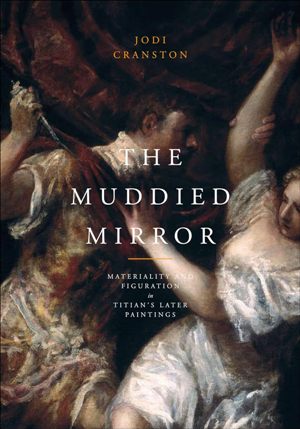
The Muddied Mirror
Materiality and Figuration in Titian's Later Paintings
Jodi Cranston
Pennsylvania State University Press
English
Hardcover
176 pages
178 x 255 mm
Subject: Travel Venice Illustrated
Ideal painting in the Renaissance was an art of illusionism that eliminated for the viewer any overt sense of its making. Titian’s paintings, in contrast, with their roughly worked and “open” surfaces, unexpected glazes, and thick impasto brushstrokes, made the fact of the paint increasingly visible. Previous scholars have read these paintings as unfinished or the product of lesser studio hands, but in The Muddied Mirror, Jodi Cranston argues that this approach to paint is integral to Titian’s later work. Rather than presenting in paint a precise reflection of the visible world, the artist imparted an intrinsic corporeality to his subjects through the varying mass and thickness of the paint. It is precisely the materiality and “disfiguration” of these paintings that offer us the key to understanding their meanings. More important, the subjects of Titian’s late paintings are directly related to the materiality of the body―they represent physical changes wrought through violence, metamorphosis, and desire.
STATO: In Commercio
€ 28.00

 Print It
Print It
